5. The Walking Dead (1936)
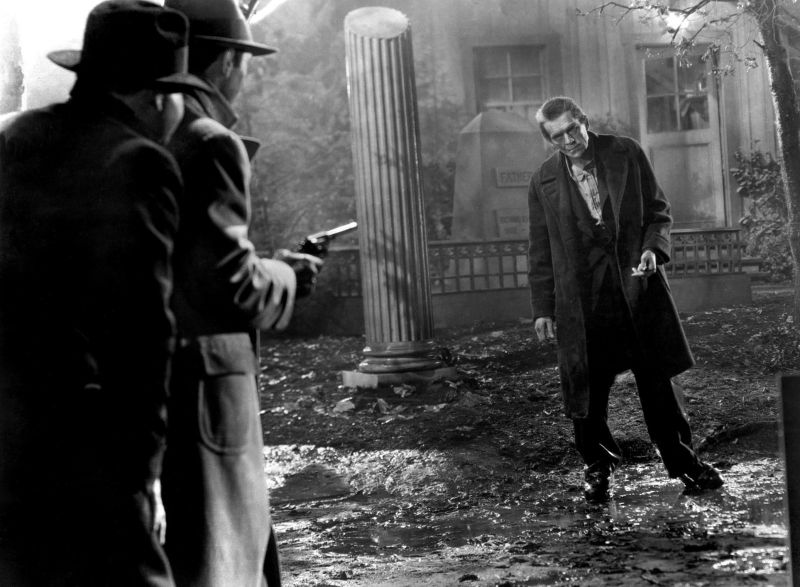
Before Michael Curtiz directed ‘Casablanca’, he directed a zombie film which explored the experience of death and the certainty of divine punishment. Blending crime and horror genres into a tale of corruption and catharsis, ‘The Walking Dead’ offered a surprisingly philosophical take on the zombie genre.
In the film, a man executed for a murder he didn’t commit (Boris Karloff), is resurrected by a scientist (Edmund Gwenn). The amnesiac zombie, by mere compulsion, then proceeds to take justice upon the criminals who framed him.
‘The Walking Dead’ serves to be several films all at once: a horror movie, a gangster flick, a Shelley-esque science fiction parable and a religious allegory. Oscar-winner Hal Mohr delivers some of the best cinematography seen in any zombie film, moving freely between noir and expressionism. There are rooms starkly lit behind Venusian blinds and gothic halls where shadows are cast enormous upon the walls.
Whilst its use of film noir is reflective of its time, it also helps establish a city of corruption. The zombie acts as a divine hand which sweeps the filth away. Karloff delivers one of his finest performances, whose poignant visage and solemn questions are enough to drive the gangsters to their own deaths.
Interweaved are religious quotations which compare the zombie to the resurrection of Christ, and the scientist’s experiments to determine what lies waiting after death. Strangely the zombie, a Haitian legend, becomes a Catholic symbol of the punishment which awaits sinners in the afterlife.
‘The Walking Dead’, in reality, bears little resemblance to the graphic novels and television series which borrowed its name. It’s a well-made film in its own right, and realised earlier than most the philosophical, scientific and religious potential of the zombie genre.
4. White Zombie (1932)
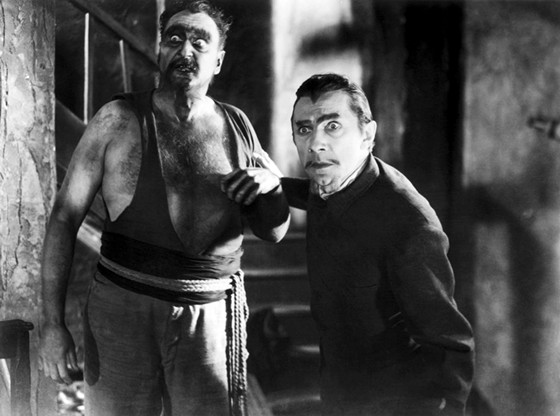
Victor Halperin’s ‘White Zombie’ was the first feature length zombie film, and yet stands as one of the best. A highly-original storyline wrapped in a genuinely creepy atmosphere helped create one of the most influential films in the horror genre.
The owner of a sugar plantation (Robert Frazer) recruits a witch doctor (Béla Lugosi, who later appeared in ‘Plan 9 From Outer Space’) to lure an engaged woman (Madge Bellamy) into loving him.
‘White Zombie’ is visually chilling; a line of undead silhouettes swagger in the distance, an open coffin is carried from a crypt, and a pair of eyes noiselessly appears superimposed from the shadows. Its high-contrast lighting, which often leaves the actors as pale phantoms amongst the endless shadows, approaches the eeriness of Carl Theodor Dreyer’s ‘Vampyr’.
Like Dreyer’s masterwork, its immediacy to the end of the silent film era meant it focused more upon the gaze than the ear. In fact, if there’s anything to criticise in the film it’s the acting, especially in the delivery of speech, which is oft-times campy. These rough edges are easily forgiven however.
‘White Zombie’ served as the template for some of the greatest zombie films which followed it. It’s focus of the blank stares of the creatures, it’s use of rhythmic drums and chanting, and its depiction of the zombie as a brainless creature brought back by voodoo magic for slave labour became commonplace in the genre.
‘White Zombie’ is not scary by today’s standards; but it is haunting. It made a genre, and perhaps is only second to ‘Night of the Living Dead’ in the sheer influence that it had upon the zombie film.
3. The Last Man on Earth (1964)
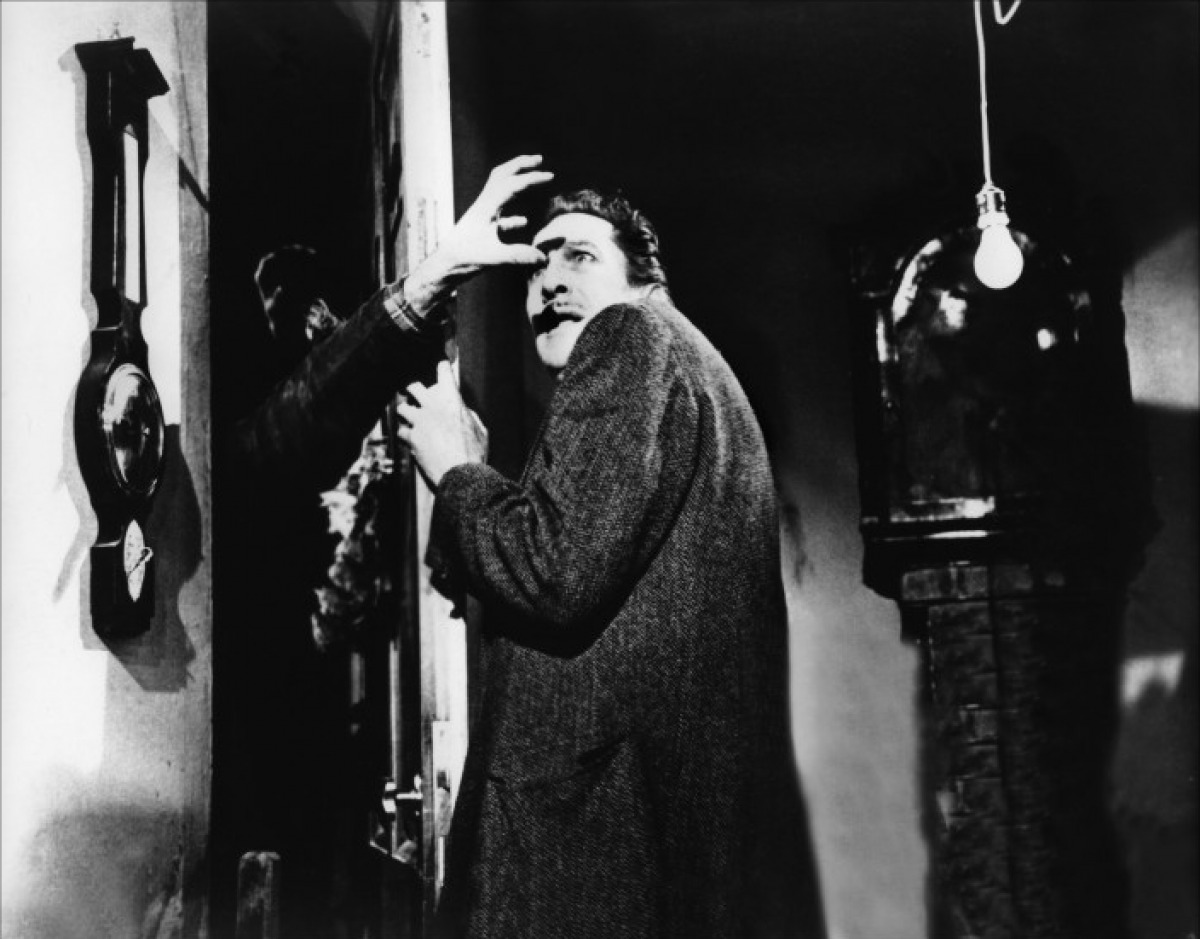
If ‘Night of the Living Dead’ owes itself to any one film, it’s probably this one. Featuring an unusually nonlinear storyline, a chilling performance by a horror great, an atmosphere which is at once claustrophobic and vast, and a lingering sting, the film stands as one of cinema’s greatest tales of human loneliness.
Adapted by Richard Matheson from his own novel ‘I Am Legend’ (credited as Robert Neville), it follows the last living human (Vincent Price), forced to hunt down the remainder of humankind, who have been turned by a plague into the living dead.
‘The Last Man on Earth’ is a fine example of a film which projects the protagonist’s feelings onto the landscape and the soundscape. In the empty streets, the wind howls unforgivingly, but more chilling still are the persistent screams from the zombies, calling the last survivour by name to let them into his refuge so that they may kill him.
Like the source material it’s a surprisingly existential tale; the world, from all directions, is moving in to destroy him. He finds a friend in a dog, which he must later destroy, and when he finally finds another person, they’re not human at all.
The tragic ending is one of the most memorable yet rarely talked about twists in horror cinema, and unlike the subsequent remakes actually justifies the title ‘I Am Legend’. The moral is clear: all of us and none of us are monsters; it’s merely a matter of perspective.
It’s up to debate whether ‘The Last Man On Earth’ can truly be called a zombie film. Whilst the vampiric race depicted in the film diverges significantly than the zombie we have come to accept onscreen – specifically in their capacity for higher consciousness – their very premise helped establish the conventions of the post-Romero genre.
The story of a world ravaged by a plague of undead, walking slowly and banging against the walls to taste the flesh of man, has become an all-too-common plotline. It’s musings on a zombie society – and what would realistically change if every human where to suddenly become dead rather than living – is a theme which would be explored further in Romero’s socially-conscious flicks, notably ‘Dawn of the Dead’ and ‘Land of the Dead’.
‘The Last Man on Earth’ laid the foundations of the zombie apocalypse genre. It remains one of the most haunting, important, and thought-provoking of all horror movies. If nothing else it provides an excellent opportunity to listen to Vincent Price’s incomparable voice.
2. The Plague of the Zombies (1966)
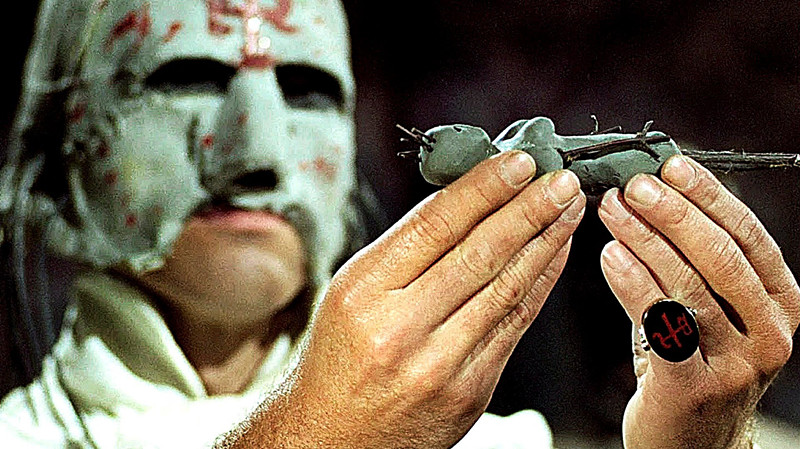
When dealing with Hammer Productions, it’s hard to pick and choose between the countless masterpieces that they produced between the 1950s and 1970s. John Gilling’s ‘The Plague of the Zombies’ stands shoulder to shoulder among their very best; it remains one of their most scary, influential and underappreciated achievements.
Set in 1860, it follows a local doctor in a Cornish village (Brook Williams), overwhelmed by the increasing occurrence of an unknown, fatal disease, who calls for the assistance of another doctor (André Morell) and his daughter (Diane Clare). Stranger still are the sightings seen in the town.
‘The Plague of Zombies’ of course bears the hallmarks of the typical Hammer picture: brilliant gothic sets of Victorian mansions and misty crypts, some subtext of class consciousness (in the hierarchy of the zombies and their masters) and a dollop of blood for good measure.
The success of the film is in its atmosphere – the camera moves behind tombstones and mining machinery, the blue and grey colour pallet makes a single drop of blood stick out shockingly, while the leathery masks worn by the Voodoo priests could have been ripped from an 80s grade slasher. The end result is that it makes Cornwall – of all places – a terrifying setting.
Although the concept of the zombies themselves – brainless slaves – is derivative and a product of its time, their actual depiction onscreen was highly original and had an enduring influence upon the genre. ‘The Plague of the Zombies’ was perhaps the first zombie film to be fascinated with death, setting itself within ghostly courtyards, lingering for long moments on coffins, and watching dead bodies decompose.
Hammer films are often considered tame by today’s standards. Despite this, it’s sudden and violent zooms are chilling and one scene in particular – a dream sequence where the undead rise from their graves to surround a victim within a cloud of fog – is a genuinely terrifying experience.
The movie emphasises the fact that a zombie was a dead body. It was the first movie to show zombies in such a way: hands clawing from the earth and at their headstones; a hoard of corpses which will stop at nothing until they have devoured you. The imagery of the zombies, especially their rotting flesh, their lifeless yet somehow hungry gaze and slow lurch, was an obvious precursor for ‘Night of the Living Dead’.
‘The Plague of the Zombies’ is a testimony to the golden age of gothic horror in Britain, and stands as one of the most important films made in the horror genre.
1. I Walked With A Zombie (1943)
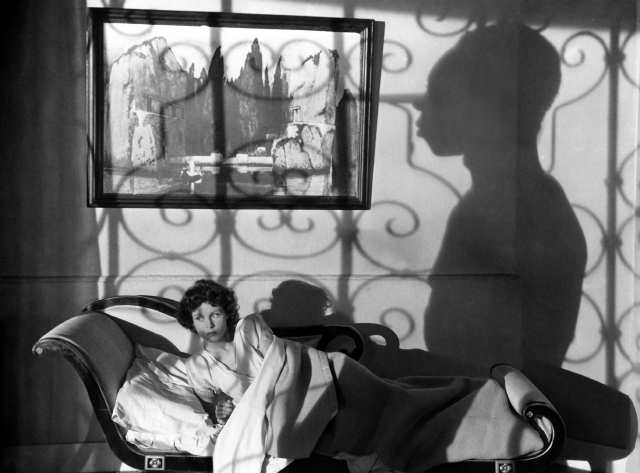
Jacques Tourneur’s ‘I Walked With A Zombie’ is undoubtedly one of the greatest horror films ever made. Shadows, drums, strung dogs and social commentary collide into a haunting vision which uneasily walks between life and death, light and dark, and the literal and the dreamt.
A young nurse (Frances Dee) travels to the West Indies to care for the possessed wife of a sugar plantation owner (Tom Conway).
Like Kenji Mizoguchi’s ‘Ugetsu’ and Jack Clayton’s ‘The Innocents’, the film relies on atmosphere to achieve dread and terror. The most impressive example features the nurse leading her patient through the cane fields: a dead dog sways on a tree, the wind wails like a ghost, plants teeter all around them, and the wife, sleepwalking in a virginal white dress, is a phantom.
Both iconic and chilling is the confrontation with the crossroads master: a bony silhouette whose gaze is filled with unspoken horror. The ritual they find themselves in afterwards is strangely visceral; the chanting suddenly stops and there’s only a rhythmic drum beat to be heard as the camera swerves closer to the priestesses’ violent dancing.
‘I Walked With A Zombie’ remains the perfect embodiment of the zombie genre before ‘Night of the Living Dead’. Unlike several films who threw in some half-hazard voodoo or scientific explanation, ‘I Walked With A Zombie’ is more researched in and respectful of Caribbean culture.
There are specific links to Voodoo religion with “the Hounfour” and “the Maitre Carrefours”, and while some medical explanations are given, none is quite satisfactory. Is this a conjurer’s trick or real demonic possession? It is this ambiguity which makes the film so enduring.
Instead of using the zombie as a kind of racist archetype as so many films at the time did, the film uses them as an allegory for the horrors of slavery. There’s tragedy to be found in the disturbing imagery in which they’re forced to labour, and in their mournful faces.
The message is that the society which was implanted here in the Caribbean by the West was built upon savagery and slavery and, in reality, still is. This use of zombies for social commentary would later have strong implications for Romero’s films, beginning with ‘Night of the Living Dead’.
‘I Walked With A Zombie’ is about as perfect as any film in any genre comes to perfection. Nothing quite like it was seen before it, and while it left its watermark on later films, it has ultimately tumbled further and further away into a time which is no longer our own.
Author Bio: Kyle McDonnell is an aspiring filmmaker based in Sydney, Australia. He recently graduated from high school and hopes one day to emulate his screen heroes David Lynch and Ben Wheatley. When he’s not watching, writing or filming, he can be found listening to ‘The Smiths’, contemplating life.